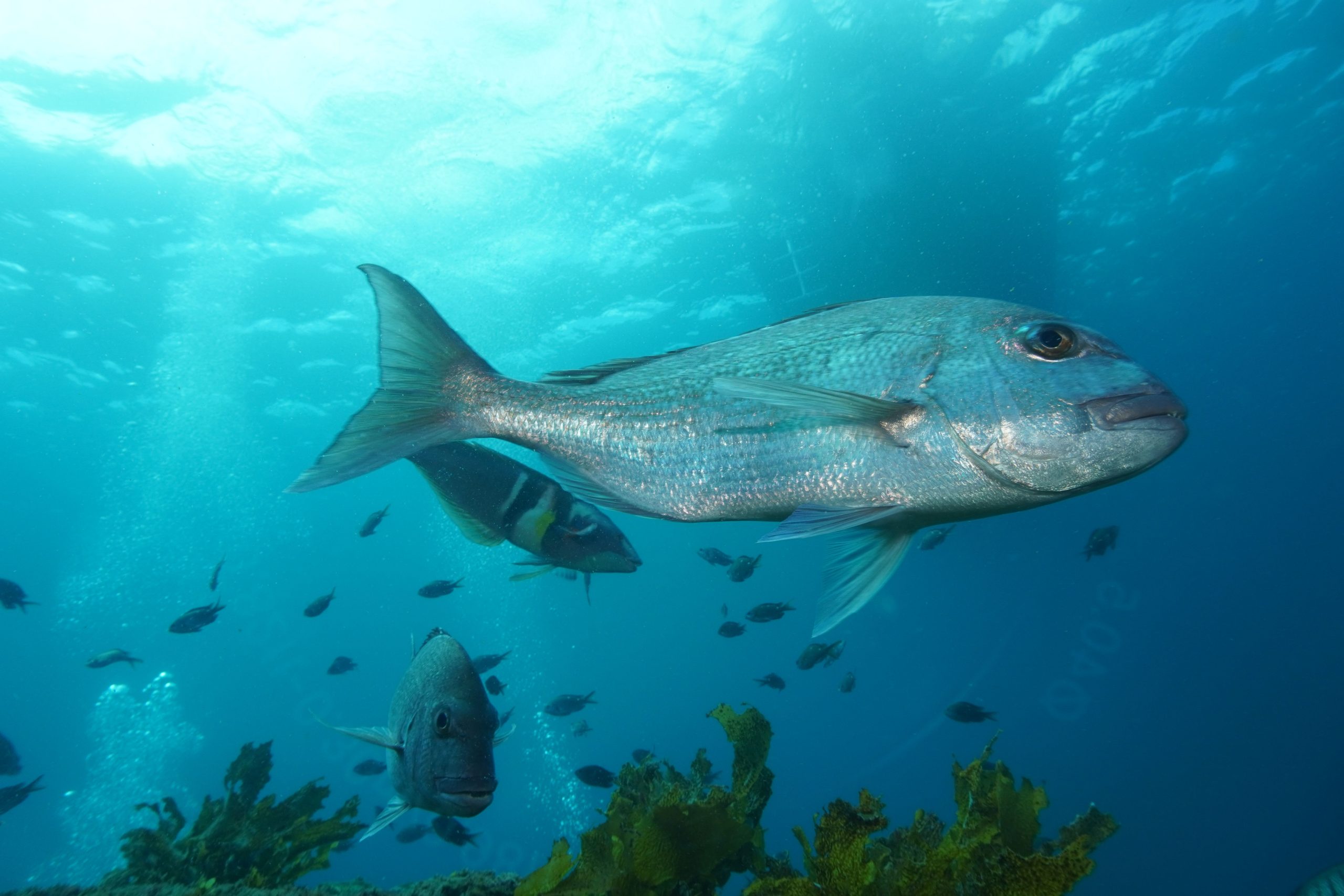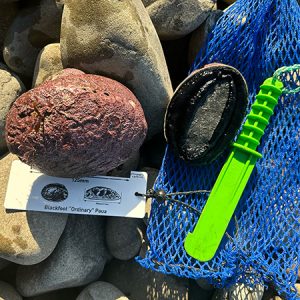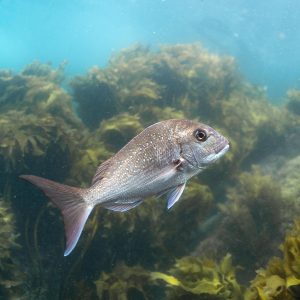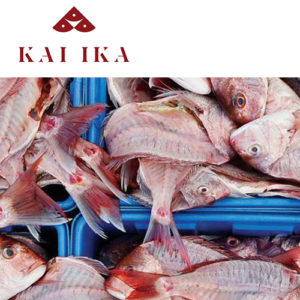At the LegaSea-led Kai Ika filleting station, we fillet fish for amateur fishers. We also collect and distribute unwanted fishheads and frames to marae and whānau around Auckland who revere these tasty morsels.
In August 2022, before snapper spawning season even began, we noticed a large proportion of the fish coming through the Kai Ika station at Westhaven, Auckland, had white mushy flesh. This condition was reflected in comments on fishing social media pages, and the number of affected fish seemed to be increasing over time.
In December, we ran a poll with 300 respondents stating two-thirds of the snapper they caught had milky flesh. Results showed most milky flesh fish were being caught in the Hauraki Gulf.
To learn more, we sent samples of the affected fish to the Ministry for Primary industries. They advised the issue was not due to a parasite, and the fish were still safe to eat, but they refused to offer a reason why it may be occurring.
In December, roughly 20% of the snapper we were filleting had mushy flesh.
Under the Official Information Act (OIA) we asked the Ministry for Primary Industries (MPI) and Fisheries New Zealand for any information they had on mushy fleshed fish, namely snapper, being caught in the Hauraki Gulf and northeast coast. LegaSea and the New Zealand Sport Fishing Council obtained the OIA documents. A summary can be found below, with the complete reports in the Appendix.
The MPI commissioned report from the Animal Health Authority found –
- Tested a small sample of snapper and trevally. Milky effects in snapper and trevally.
- “The pale milky flesh and very poor body condition is suspected to be associated with chronic malnutrition.” [page 17]
- There are a range of factors that may be predisposed to poor body condition, including –
- “Ecosystem collapse and decreased food availability and changes in the seabed and feeding areas of adult snapper [p17]
- “Possible role of toxins, chemical and pollutants in the environment.” [p17]
- Factors that may contribute to the iron accumulation include:
- “Increased iron accumulation in circulation due to tissue and blood breakdown, secondary to chronic malnutrition [p16]
- “Marked, muscle, hepatic and gastrointestinal atrophy, suggestive of chronic malnutrition.” [p15]
- Changes in snapper muscle condition and loss of carbohydrates within the muscle tissue “associated with tissue breakdown following a prolonged period of starvation. “
- “Evidence of iron accumulation was seen in the livers of affected snapper and was also seen in the spleen of some affected snapper.” [p2]
- “The iron accumulation seen in the affected snapper is attributed to chronic starvation, tissue breakdown (releasing iron from cells) and poor haemostasis or iron in the body and tissue.” [p2]
Some of the more alarming statements in the government report include:
- “Based on the finding of apparent hepatic atrophy and nodular accumulation of foamy golden macrophages and early scattered muscle degenerative changes, it is suspective these fish are suffering from long-term poor nutritional intake with muscular atrophy.”
- “Degenerative changes in skeletal muscle [of snapper] relating to muscle atrophy and a loss of polysaccharides [carbohydrates] within muscle tissue, [are] associated with tissue breakdown following a prolonged period of starvation.”
“The iron accumulation seen in the affected snapper is attributed to chronic starvation, tissue breakdown (releasing iron from cells) and poor haemostasis [no blood flow] of iron in the body and tissue.”
Coverage
- NewsHub aired the first piece – https://www.youtube.com/watch?v=iFlvqTyuVhg – by Michael Morrah.
- The Northern Advocate – Skinny, milky white flesh: Are Northland’s Bream Bay snapper starving? by Jaime Lyth (Paywall).
- Te Ao News – Snapper with milky white flesh are ‘starving.’ – by Kelvin Mcdonald.
- The Spinoff – Why are our snapper starving? by Sam Woolford.
Appendix:





